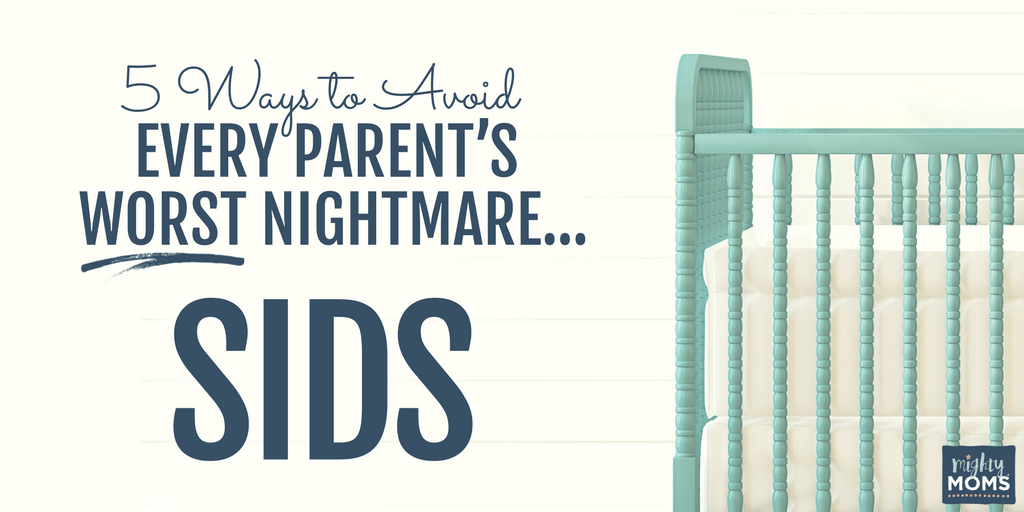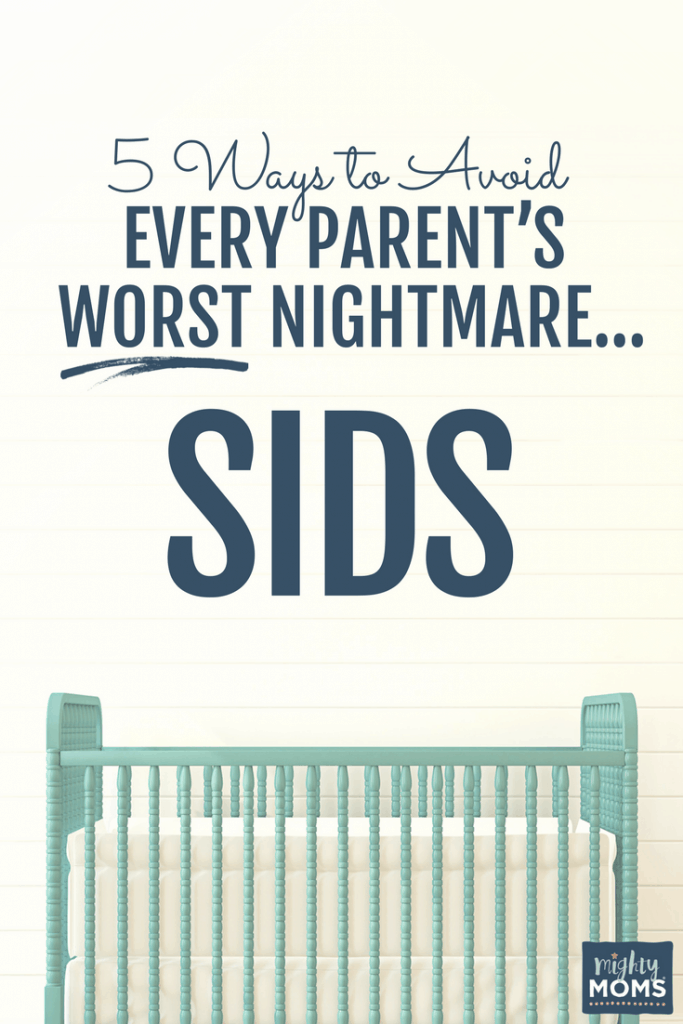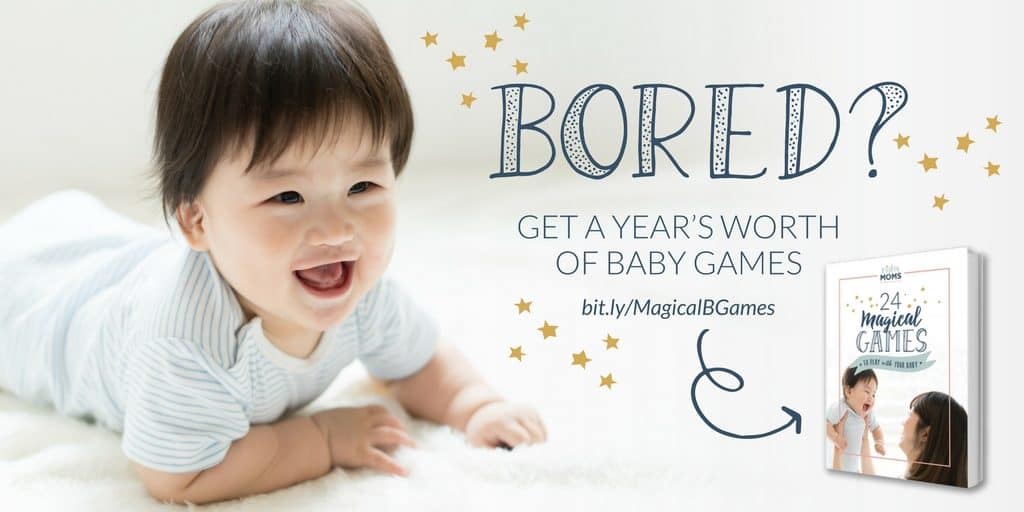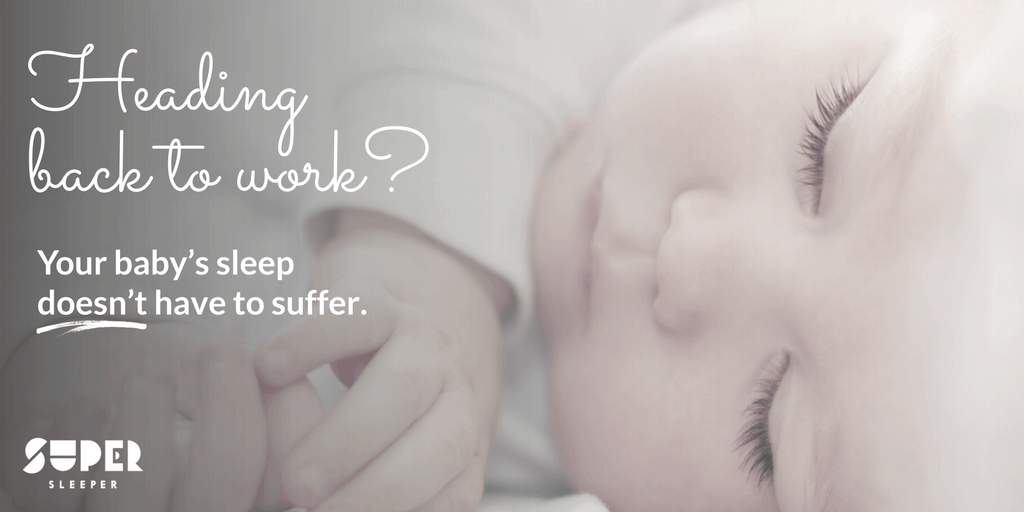
Do you secretly worry about your baby dying? I know it’s not something we like to talk about, it’s not like we chat about it over coffee. Truth be told, I reckon it’s every mother’s greatest fear. Obsession even.
*looks innocently at the sky and taps foot*
If I whisper quietly (please don’t tell my husband but I suspect he knows) I’ll confess that I would spend hours watching my first baby sleep.
- Checking him before I went to sleep? Yep!
- Making sure he was still breathing? Yep!
- Still breathing? Yep!
- Still breathing? Yep!
Being a mother and a doctor sometimes has it’s down sides. You turn into an overqualified hypochondriac.
How Likely is My Baby
to Die from SIDS?
SIDS, or Sudden Infant Death Syndrome is when a baby under the age of 12 months dies suddenly and no one can find out the reason why.
The chance of it happening is small, roughly about 6 in 1000 babies die each year, with 65% happening in the first 3 months of life. (To put that into some kind of perspective, your chance of having twins is roughly 30 in 1000).
Why Does SIDS Happen?
That’s the thing, despite loads of research, no one really knows. There are theories, but until they’re proven, they’re just theories. Perhaps babies over heat, perhaps they don’t get enough oxygen, something covers their face, or because they’re rebreathing old air. Or perhaps they have some rare disease that is as yet undiscovered.
Researchers (you can almost hear their brains ticking) continue to do work in the area, but it’s a difficult area to research. Thank fully it’s much rarer than it used to be.
Fortunately, there is a whole heap of stuff that can help reduce your baby’s chances of dying from SIDS.
Here are five of the most-proven ways to decrease your baby’s SIDS risk.
Free SIDS Prevention Booklet
Since you’re here, you might as well download a free copy of the Super Sleeper SIDS Prevention Booklet, a free gift Heather gives all their sleep coaching clients.
SIDS Stopper #1
Watch How and Where They Sleep
It’s recommended that your baby sleep in the same room as you, in a separate cot/crib/bassinet for the first 6 months.
There is a theory (theory = not proven) that hearing you breathe acts as a stimulant to remind your baby to breathe. Forget to breathe? Yes, you heard correctly.
Back to Sleep
Put your child to bed on their back. In the 1990’s the worldwide campaign ‘Back to Bed’ pretty much halved the death rate. (Wowsers, that’s a good campaign.)
If your baby is arching his little back and seems really uncomfortable sleeping in that position, think over the possibility of acid reflux. It’s possible to have silent reflux without all that sicky spit-up mess. If you’re concerned, chat to your healthcare professional.
What if they roll over? For a time they can get stuck on their front because they learn to roll from back to front first. Don’t worry, if you see them, turn them over but don’t go checking every 5 minutes.
A Boring Crib
The crib/cot should be free of all unnecessary accessories. No pillows, no teddy bears (I know, I know, they’re so cute…how about putting them on a nearby shelf?)
No loose things, no added ‘fluff’.
As for crib bumpers…Heather thinks there’s a time and place to use them. They can be really useful, but only when the right bumpers are used in the right way.
Avoid Bed-Sharing
What about sleeping in the same bed?
This is a very controversial topic. Some people can feel very strongly about it. They feel that the bonding benefits out weigh the risks. After all, they remind us, pretty much everything we do is ‘risky’ in one way or another. That glass of wine you had last night? Yep! Increases your risk of lots of things…Crossing the road? Increases your risk of being run over… we take risks all the time, so bed-sharing is no big deal.
However, some risks are more risky. There’s a .00001% chance I’ll get run over crossing the road, but there’s a 100% chance I’ll die if I jump without a parachute.
Bed-sharing isn’t 100% obviously, but it does increase your 0-3 month old baby’s SIDS risk five times (and that’s even if you breastfeed and don’t take drugs or alcohol.) Perhaps the loose covers suffocate the baby, or a deeper sleeper rolls ontop of him. Either way, it’s riskier than just co-sleeping.
“Co-sleeping” is the term you use when your baby is sleeping in the same room as you. “Bed-sharing” is when you are literally sleeping with your baby. Bed-sharing is NOT recommended as a safe sleeping practice. “Co-sleeping” in separate beds in the same room is actually recommended as a way to help with nighttime feedings and bonding.
If you do decide to bed share, make sure you don’t…
- drink alcohol
- take drugs
- feel especially tired (I know, how does that work when you have a little one?)
- sleep on a sofa or armchair
It’s even more dangerous if your baby…
- was born under 37 weeks
- weighed under 2.5kg when born
Dr McKenna, one of the world’s few infant sleep researchers has a great article on safe sleeping practices, including how to bed share in the safest possible way. He has lots of great tips, including being careful with very long hair. If you’re thinking about bed sharing, please check it out.
SIDS Stopper #2
Watch Your Baby’s Temperature
Babies don’t regulate their body temperature as well as we do. (Honestly, they aren’t so good at most things except pooing, screaming and spitting up.)
It’s important to help them stay at just the right temperature, to prevent over-heating.
- Keep the room temperature at 61º -68º F or 16º -20º C
- Dress her with loose clothing.
- Try a baby sleep sack. They don’t cover the head and are the correct warmth.
- If you live in a warm climate, dress your baby in a loose cotton onesie or just a diaper (as long as he’s not old enough to “explore” the diaper!)
- Avoid loose covers and loveys that can cover their face (not exactly rocket science is it?)
- Keep your baby’s head uncovered indoors (hats are for hospital and outdoors.)
- Use a firm, new, water proof mattress. (These non-toxic organic crib mattresses are a great.)
- Put your baby to bed with their feet at the bottom of the cot.
SIDS Stopper #3
No More Smoking
Stop smoking.
*drum roll*
Smoking is bad for you and your baby. This is another biggy.
Maternal smoking doubles your risk factor for SIDS. Even smoking in pregnancy is bad for your baby and increases its risk of dying from SIDS later on. So, if you’re pregnant or have a baby, now is the time to give up. And that includes dads and anyone who’s in close contact with the baby. Yep, and sorry, smoking outside isn’t great either, the smoke hangs round on your clothes.
It seems like Mt. Everest, yes. But even Everest was conquered eventually. Talk to friends. Talk to your doctor. Find the support you need to quit.
SIDS Stopper #4
Give Breastfeeding a Go
Breastfeeding.
*Another drum roll please*
Breastfeeding is good for you, for both moms and babies. There’s a whole heap of benefits but the top two for now are that it…
- reduces the risk of SIDS and
- lets you eat cake, or ice cream, or chocolate, or more cake…retty much whenever you like with absolutely no feelings of guilt.
All those calories go to the baby right?
*wink*
SIDS Stopper #5
Stick a Pacifier in It
There is some evidence that pacifiers can decrease your baby’s risk of SIDS.
It’s not fabulous evidence (some questions are difficult to answer) but it is recommended that you use a pacifier when you put them to sleep from 4 weeks old and stop between 6 and 12 months old. (Sugar and neck cords are a no-no I’m afraid.)
Other SIDS Resources
Breathing Monitors
Some parents will buy apnoea monitors that alert them if their baby stops breathing. Most doctors don’t recommend them as they can increase anxiety as they can go off frequently. However, they are available to buy and if you feel it would put your mind at rest, two popular options are…
- The Angelcare monitor ~ the baby lays on a special mat to monitor heart rate and movements.
- Snuza Halo breathing monitor ~ clips onto the diaper directly, so there’s no cord.
A How-To Neonatal Resuscitation Video
I strongly recommend going on a neonatal resuscitation course. They’re really quick and easy to do.
Hopefully you’ll never need to use it, but if something awful did happen, this course would help you know what to do straight away. I’ve done a little video here to show you what’s involved.
Free Safe Sleeping Guidelines
from a Certified Gentle Sleep Coach
Chances are, you already know this…but just in case you missed the memo, Heather Taylor (the Chief Encouragement Officer here at Mighty Moms) is also a Certified Gentle Sleep Coach. (Yes, that’s a thing.)
She has compiled a free printable called the Safe Sleeping Guidelines that will really come in handy. You can get it free by clicking the button below.
Of course, there are no guarantees in life, but by implementing these little things, you will significantly decrease your child’s risk of dying of SIDS. (And who doesn’t want that?)
Have You Read These Yet?
- The 7 Worst Baby Sleep Training Mistakes You Can Make
- Why Is Your Newborn Baby Crying? Here’s a Good Guess.
- The Battle of the Baby Formula Brands
- Everything a New Mama Warrior Needs to Know About Baby Care

We ♥ honesty! This post contains affiliate links that provide extra money for our mutual coffee habits addictions. Click here to learn more. As an Amazon Associate I earn from qualifying purchases.

